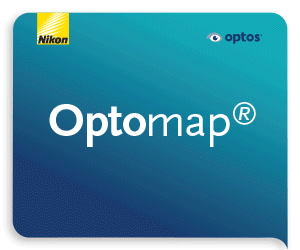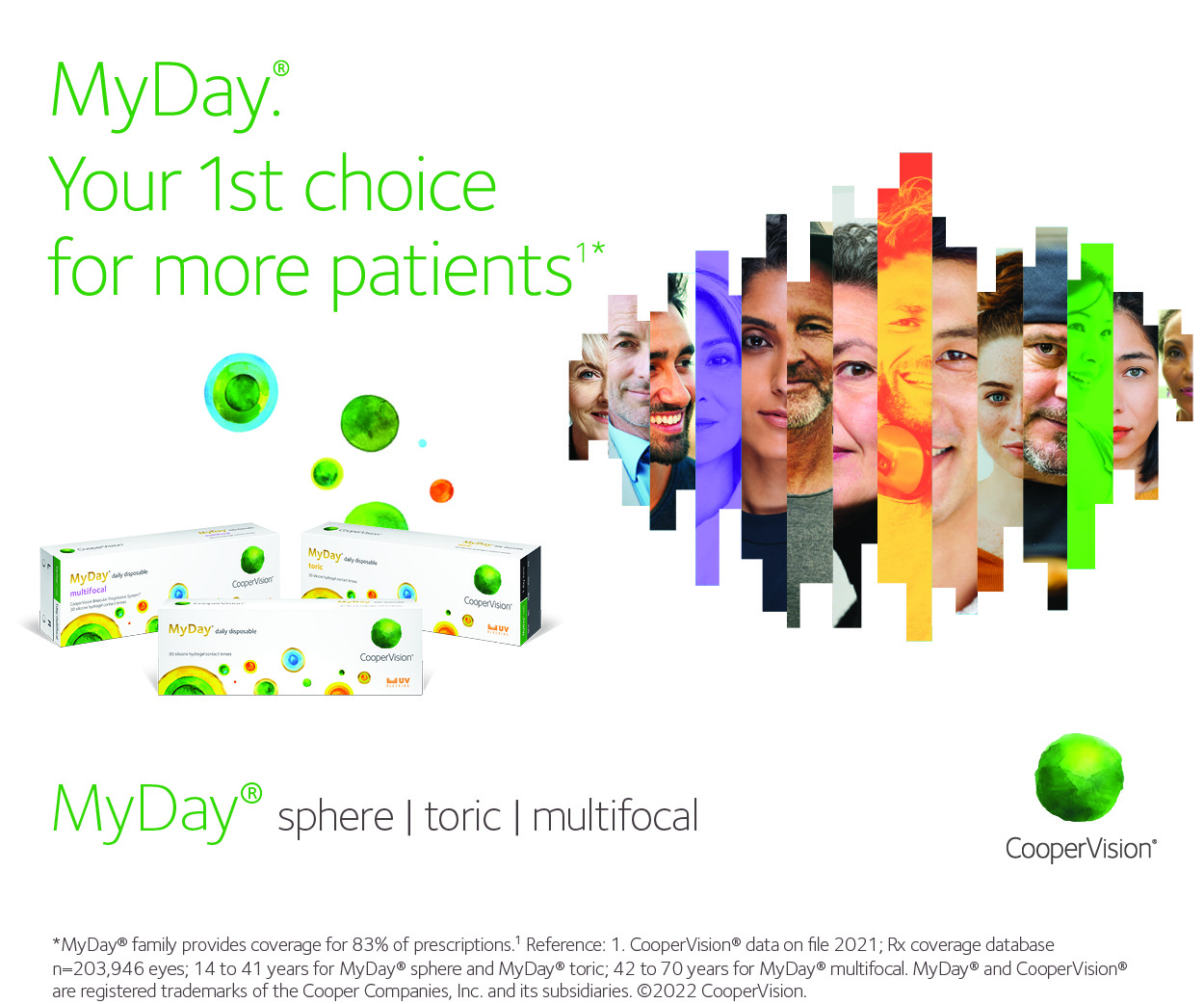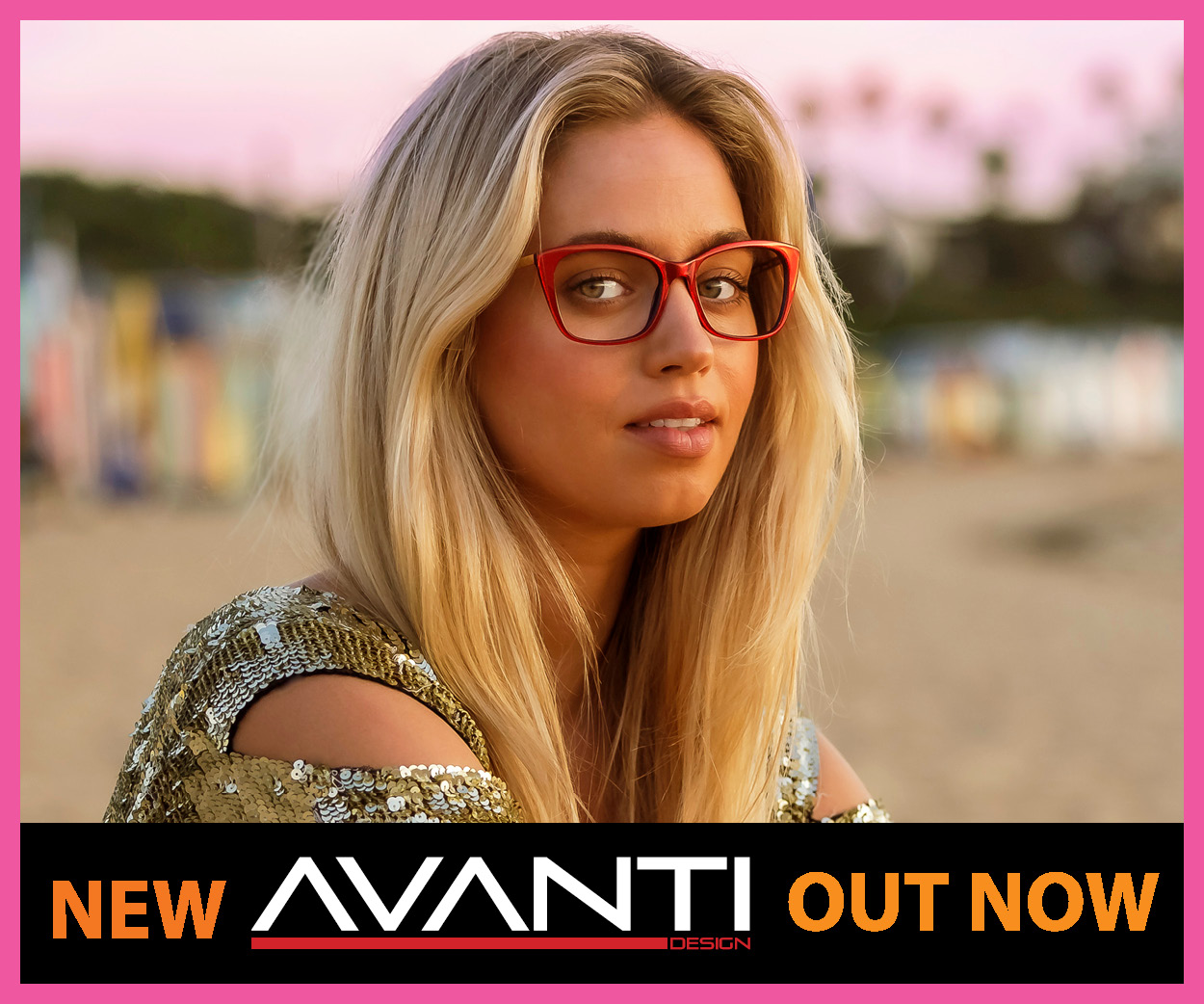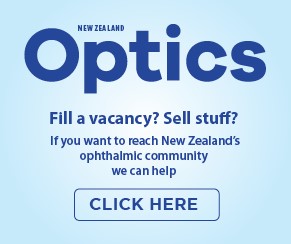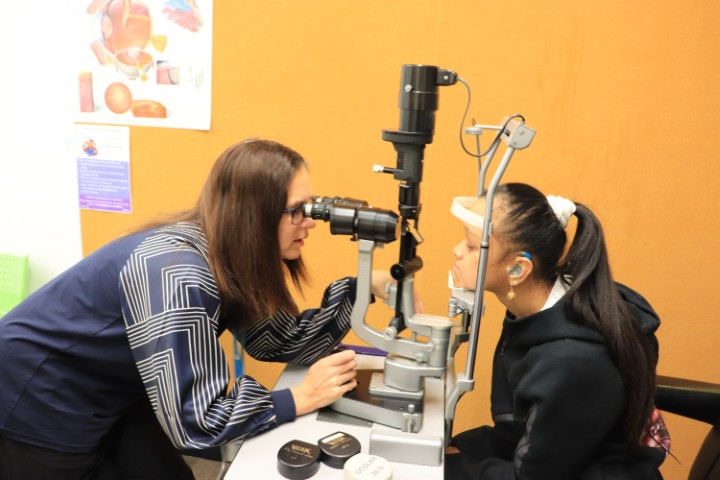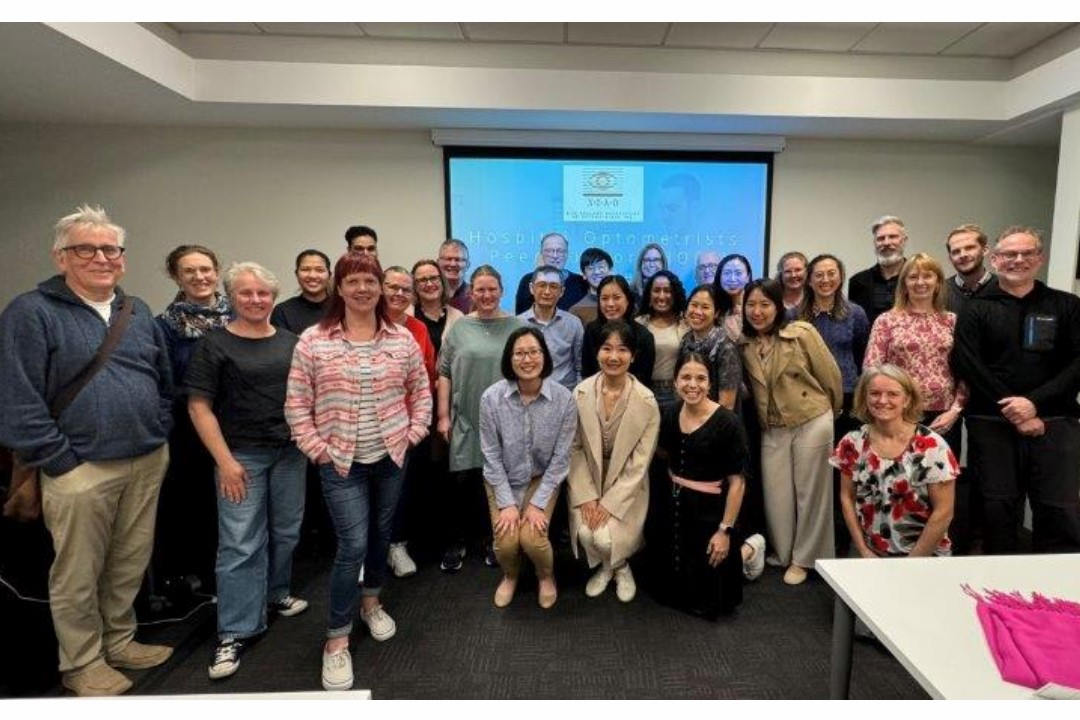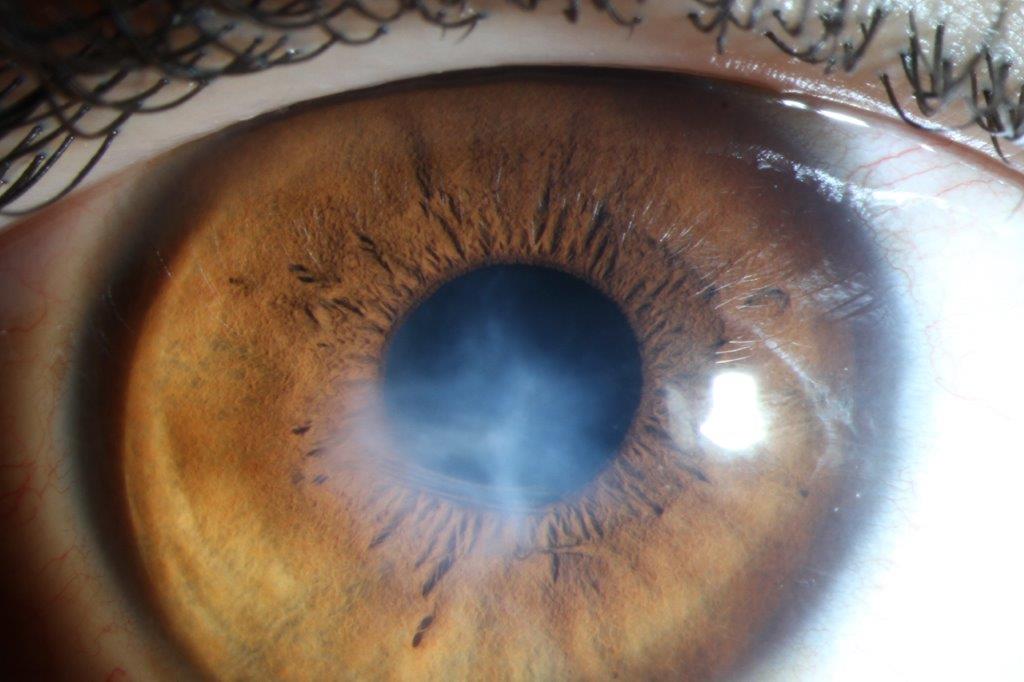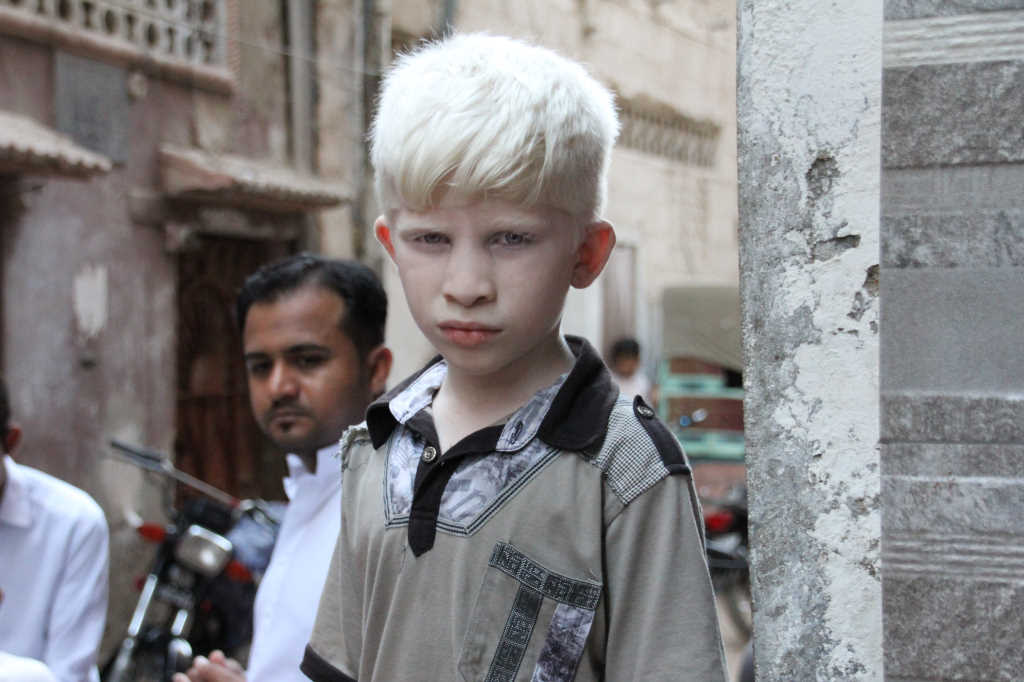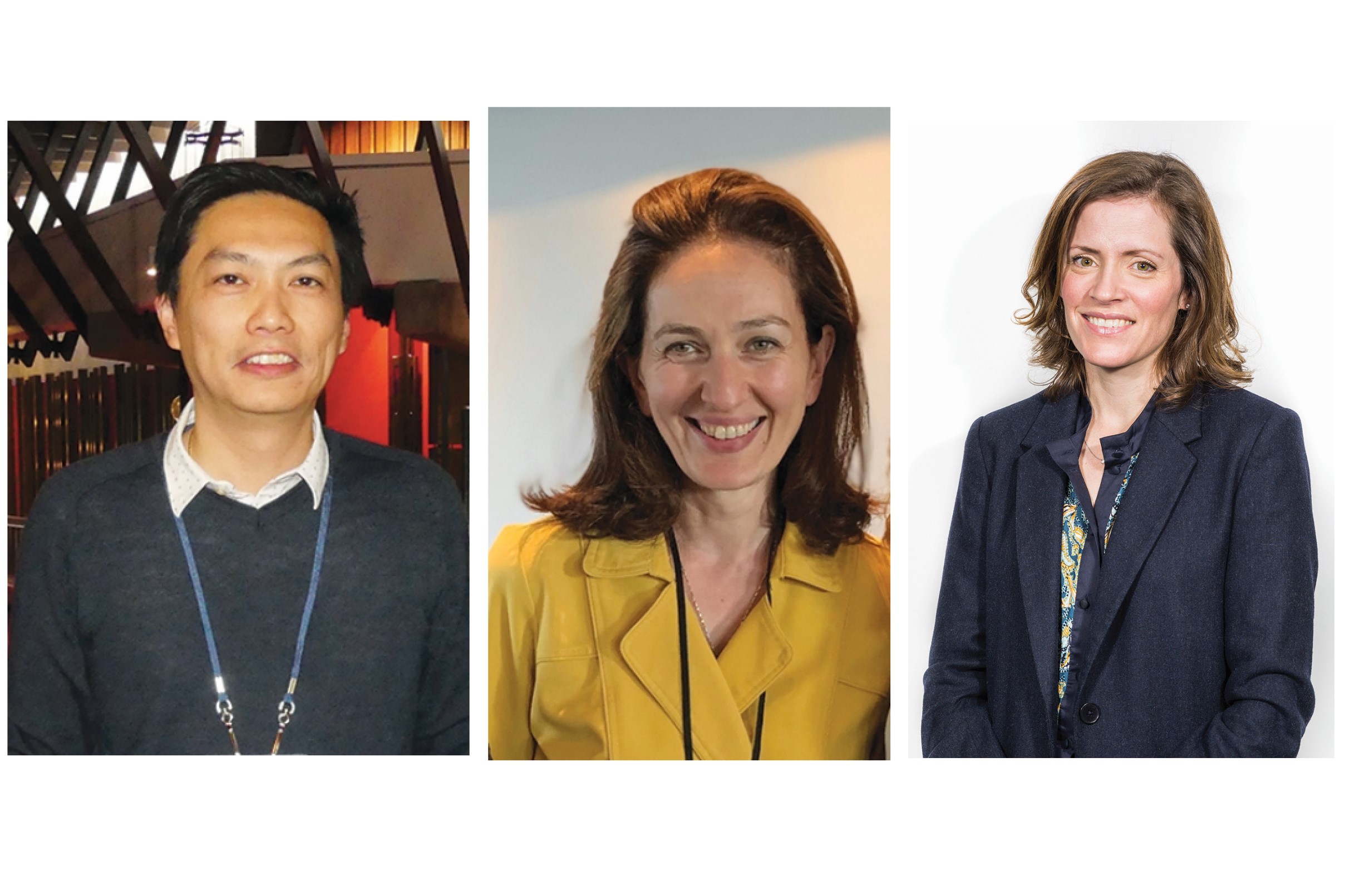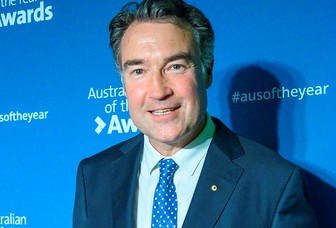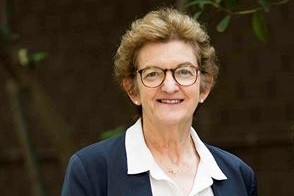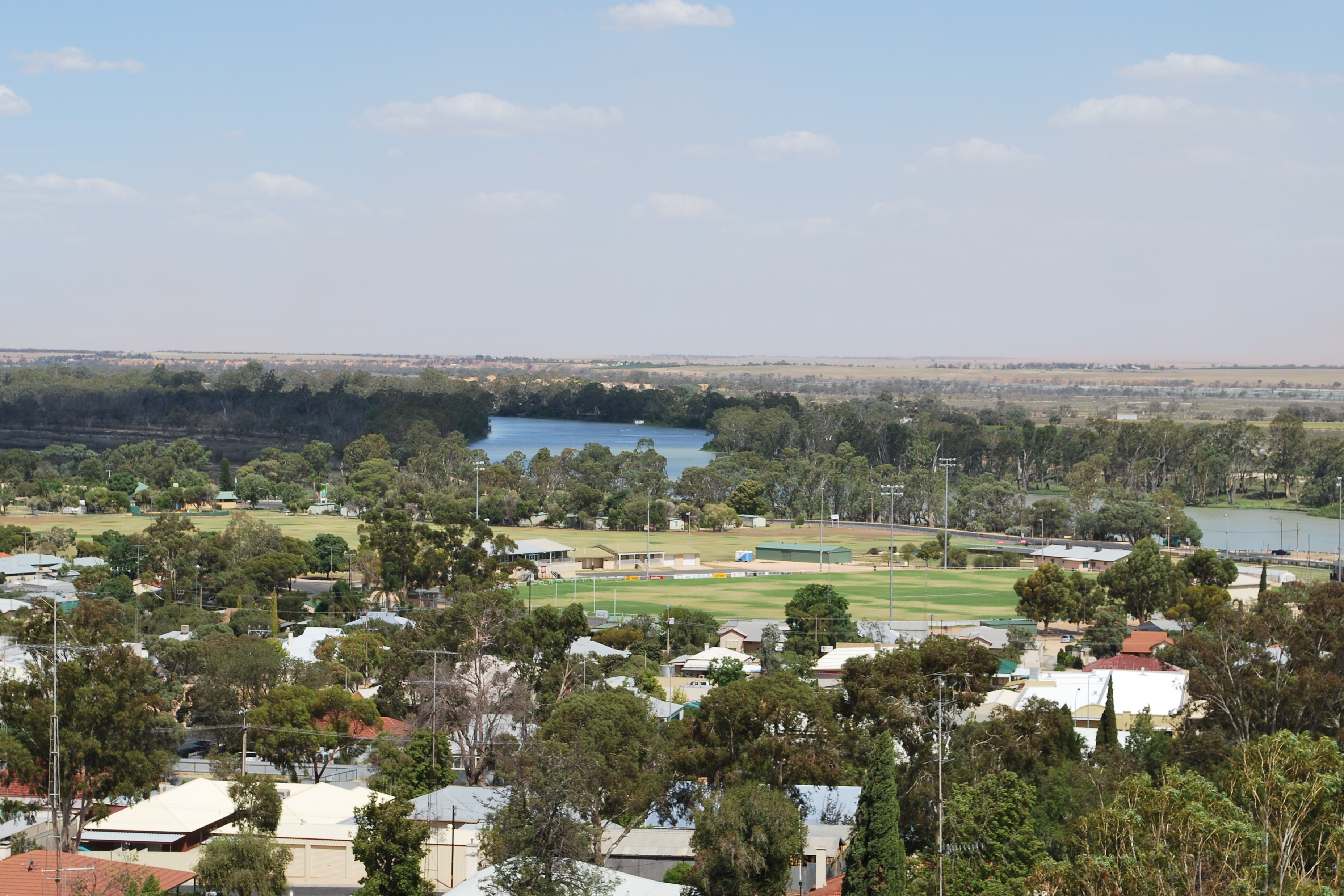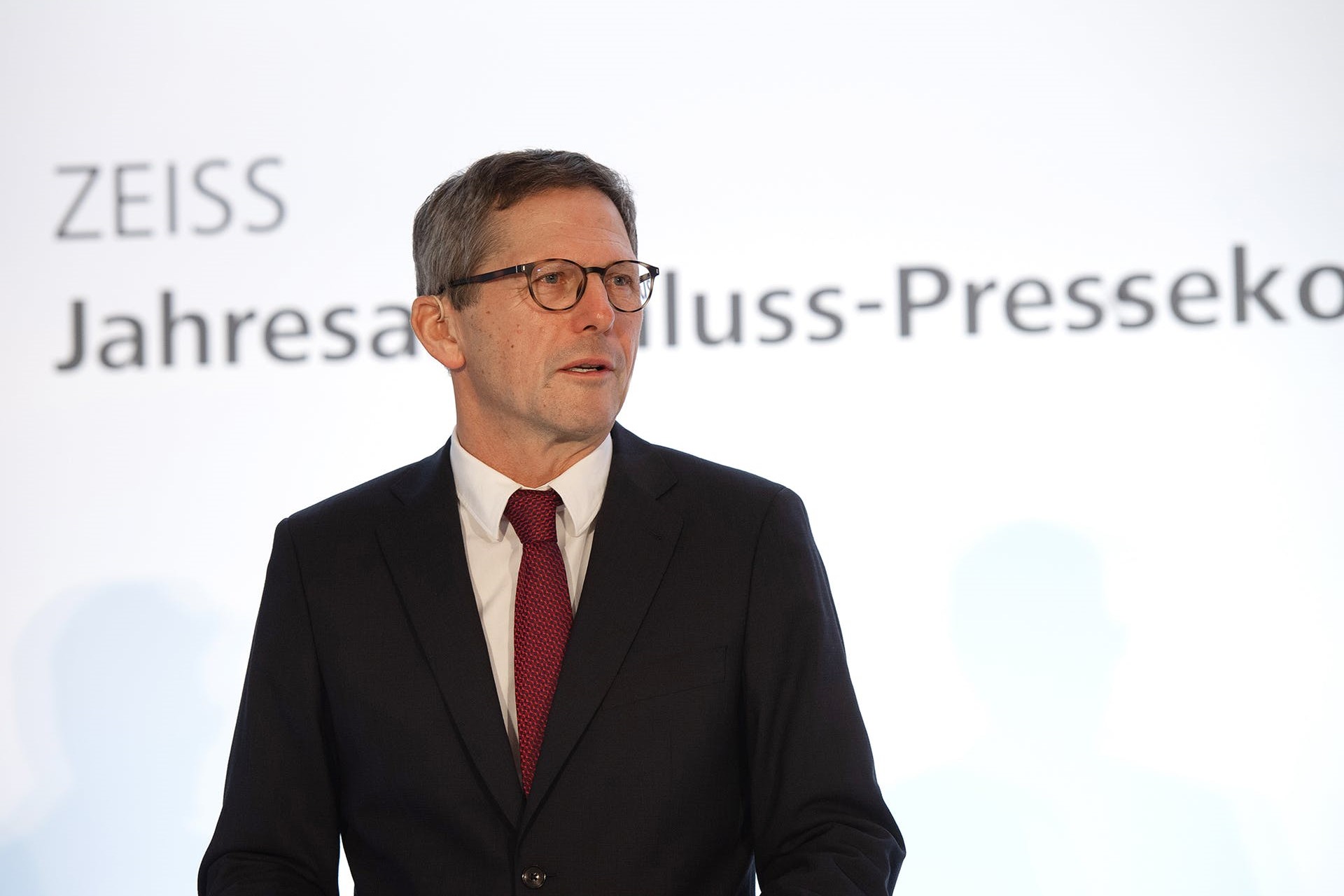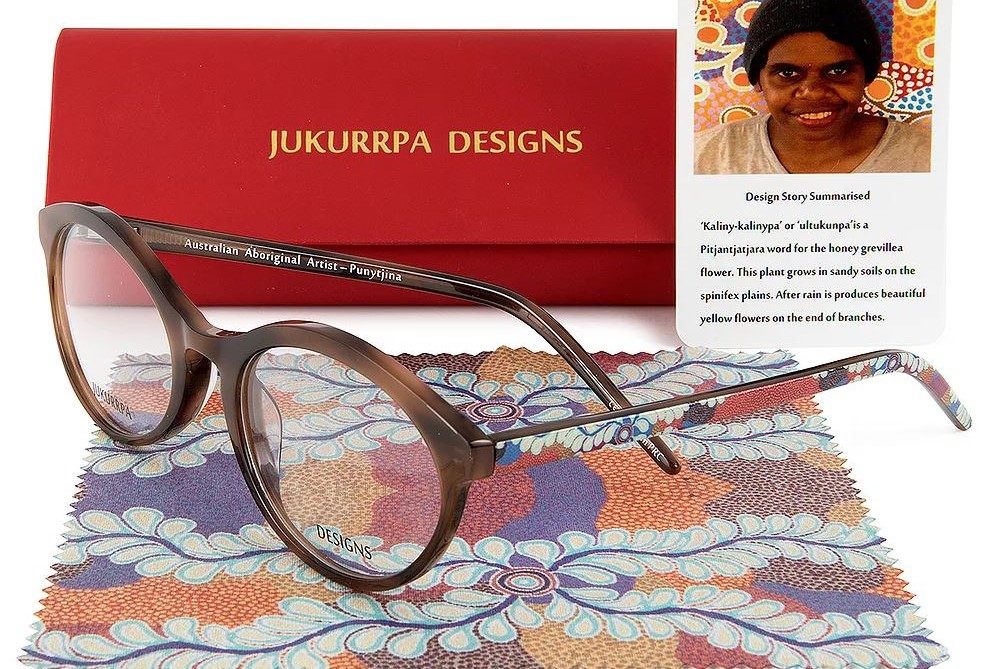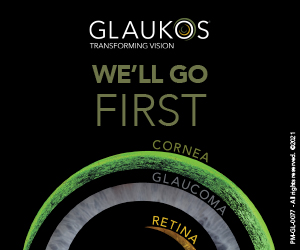Supporting kids to live their best lives
What happens when a child can’t see well enough to learn – but still wants to play the guitar, read a book and go to school? At BLENNZ (Blind and Low Vision Education Network New Zealand), the answer is simple: find a way that works for them. BLENNZ supports more than 1,675 children and young people aged 0 to 21 years who are blind, deafblind, or have low vision, helping them learn, grow and thrive in ways which suit their unique needs.
Spending every Monday morning at BLENNZ Homai Campus in South Auckland, paediatric ophthalmologist Dr Rasha Altaie agrees BLENNZ is all about seeking an alternative method of learning that works for the child. “Once I saw a kid with retinitis pigmentosa and I asked him what his hobby was. He said reading. Having learnt braille, he had read all seven volumes of the Harry Potter books. These braille volumes were so large you could have built a house with them! But he was happy and able to pursue his hobby, thanks to BLENNZ,” she said.
For BLENNZ to be able to help, it is imperative it sees these kids in the first instance, said Sue Arrojado, BLENNZ assessment services practice lead. “If vision impairment is impacting a child’s access to learning, refer them. Refer even if you are not quite sure they meet the criteria, or when there’s no confirmed diagnosis. We need to see that child and we need to work together to support them to reach their full potential.”
Thanks to the advancing treatment of conditions like retinopathy of prematurity (ROP), BLENNZ is seeing significantly fewer young New Zealanders blinded by ROP. The network now primarily deals with complex-needs children and young people – with neurological conditions like cerebral vision impairment on the rise, explained Arrojado.
Supporting the majority of children and young people in its care, at home or in early-childhood centres, kura or mainstream schools, BLENNZ’s vision-resource teachers and developmental orientation and mobility aides work in partnership with parents and whānau, offering specialist support. “This is the beauty of BLENNZ, that it considers the child and their whānau,” Dr Altaie said.
Only 65 students are with BLENNZ full time and fewer still board with BLENNZ through its Transition Pathway Programme, supporting young adults transition into tertiary education, work or independent living, Arrojado said.
Ophthalmologists and optometrists can refer young learners, pre-schoolers and babies who have a documented eye condition that reduces their vision (about 6/18 or less) and impacts their learning and development.
For newborns, BLENNZ encourages early referral, even though this means visual acuity can’t be measured. BLENNZ can support babies and pre-schoolers and their whānau, plus it can provide advice and training to early childhood centre staff and resource teachers, Arrojado said.
When receiving a referral, BLENNZ performs a clinical and functional vision assessment and provides advice and ongoing support, if needed. Importantly, if BLENNZ applies for an Ongoing Resourcing Scheme for a child, it requires the visual acuity test to be performed with both eyes open, Arrojado said. “Also, because we are looking at functional reading, sustained reading needs to be at N24 rather than N8, about 2–3 times larger. We are also helped by information about which test was used, was it single or crowded, what distance was it performed at, was it converted and on what date it was done. The more explicit the information optometrists and ophthalmologists can provide, the better it is.”
BLENNZ team member and paediatric optometrist Dr Rebecca Findlay welcomes optometrists with an interest in paediatrics to join the Paediatric Optometry Network to keep up with news, research and attend education evenings. Email paediatricoptometrynetwork@gmail.com to sign up.
For more information about BLENNZ’s services and referral criteria, visit its newly updated website.




